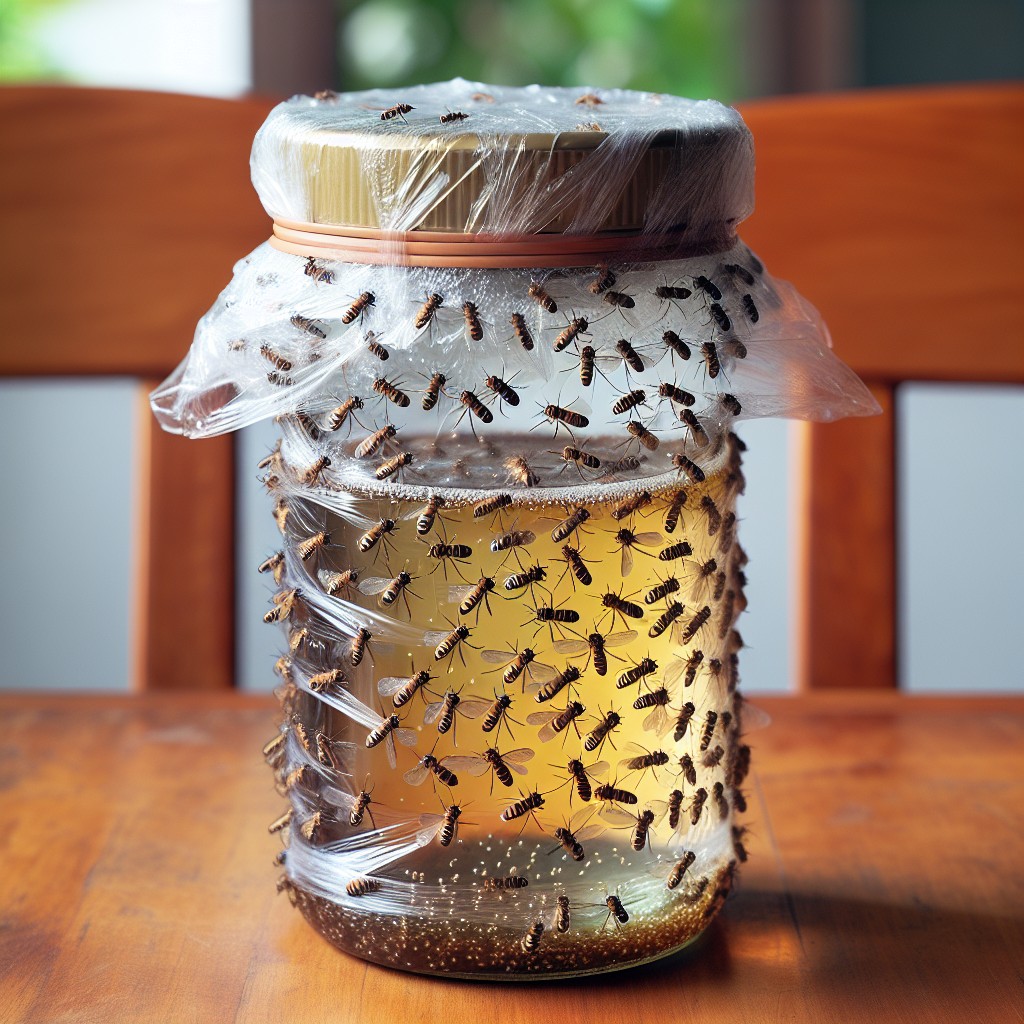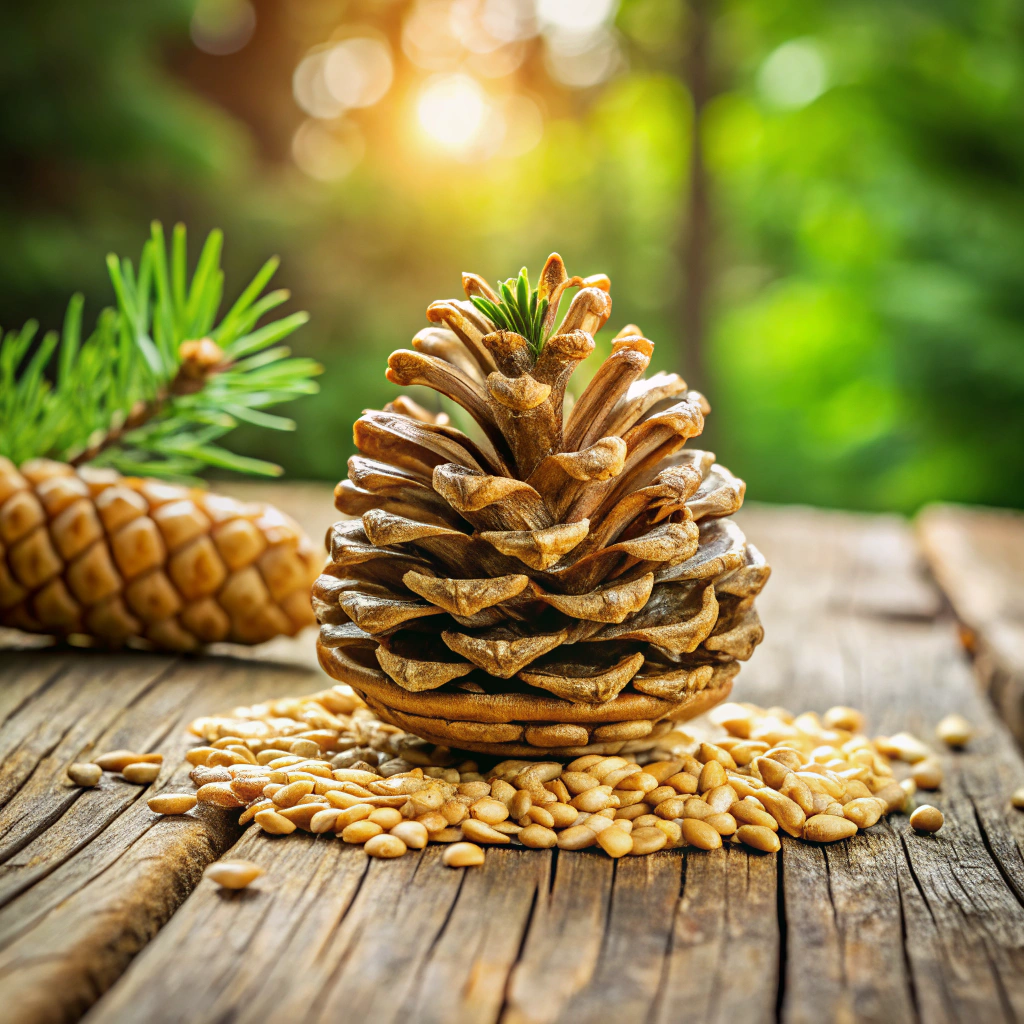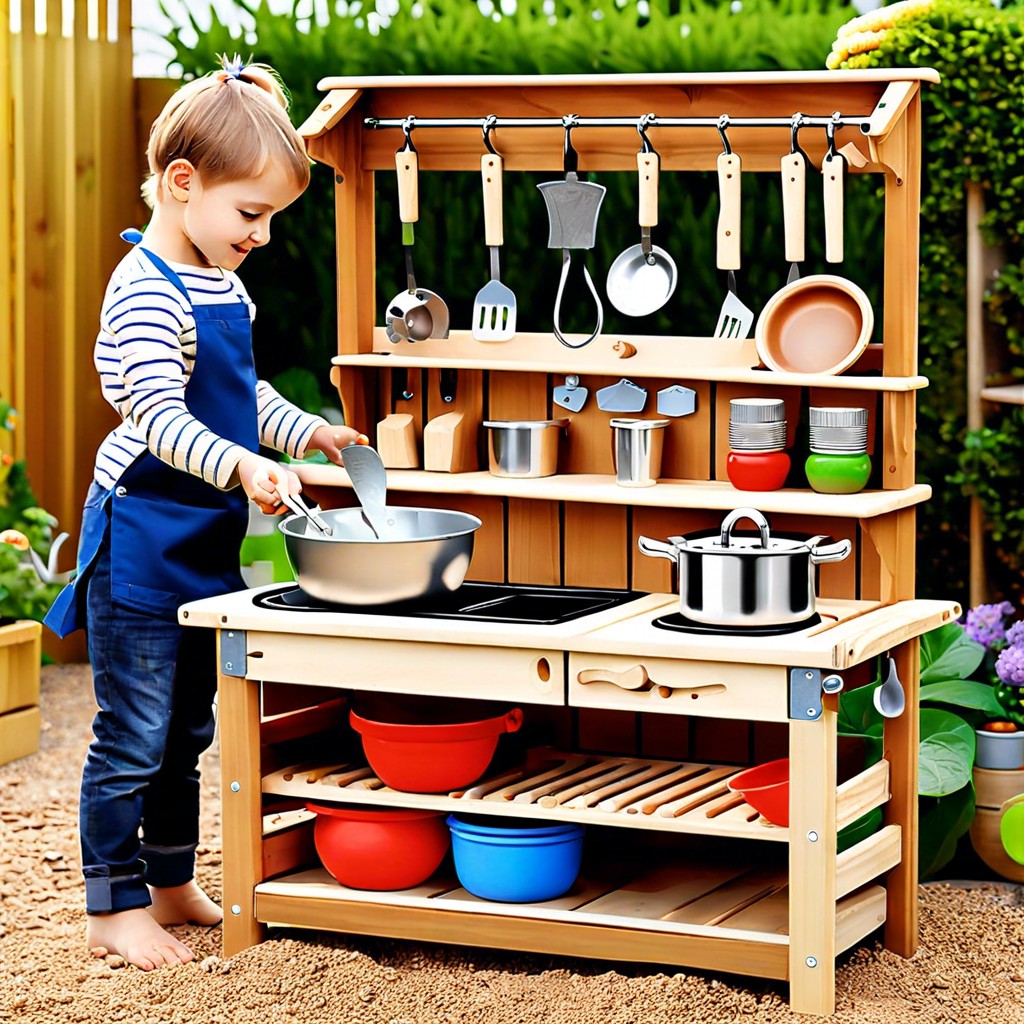Last updated on
Learn effective and eco-friendly tactics to exterminate gnats, helping you maintain an insect-free space with ease and confidence.
Key takeaways:
- Use a Vinegar and Sugar Trap
- Maintain Low Humidity Indoors
- Manage Trash Responsibly
- Water Houseplants Appropriately
- Ensure Proper Ventilation to Discourage Gnat Occupancy
What's Inside
Use a Vinegar and Sugar Trap

Creating an effective vinegar and sugar trap is a breeze and an environmentally friendly solution to your gnat woes.
Mix equal parts of apple cider vinegar and water, then add a tablespoon of sugar and a few drops of dish soap to break the surface tension.
This concoction lures gnats with its sweet scent, and once they dive in to indulge, the soap traps them.
The beauty of this method is its simplicity and the use of household ingredients.
For best results, place multiple traps around infestation hotspots, such as near plants or the fruit bowl.
Check the traps daily, and be prepared to change the mixture regularly to maintain potency.
This trap capitalizes on the gnats’ attraction to the scent of fermentation and their ceaseless quest for moisture.
It’s a silent sentinel against these pesky intruders.
Maintain Low Humidity Indoors
Maintaining a dry environment is key to deterring gnats, as they thrive in moist conditions.
Investing in a dehumidifier is an effective way to reduce indoor humidity levels, making your home less inviting to these pesky insects.
Routinely check places where moisture accumulates, such as under sinks and around window seals, ensuring they are dry.
Additionally, fixing leaky faucets promptly and not overwatering plants can help keep gnats at bay.
Adequate air circulation is also important, so consider using fans in areas with poor airflow.
By keeping indoor humidity low, you create an unwelcoming environment for gnats, hindering their lifecycle and reducing their presence in your home.
Manage Trash Responsibly
Keeping your trash area spick-and-span is crucial in the battle against gnats. These pesky insects are drawn to the scent of decomposing organic matter, so it’s essential to take proactive measures to limit their food sources.
Empty your indoor bins regularly, ideally daily, to prevent any buildup that might attract gnats. Use well-sealing lids to contain any odors and thwart the insects’ access.
Additionally, be attentive when disposing of food waste. Composting can be an excellent way to recycle kitchen scraps, but ensure that your compost bin is positioned away from your home and sealed properly. This simple step significantly reduces the likelihood of gnat infestations.
If composting isn’t for you, consider freezing food scraps before trash day to minimize odors that can attract gnats.
Lastly, make it a routine to clean your trash cans and recycling bins. A quick scrub with soapy water can eliminate any residue or lingering smells that might lure gnats. Embrace this habit, and you’ll take a significant leap towards maintaining a gnat-free home.
Water Houseplants Appropriately
Overwatering is akin to sending an open invitation to gnats, making your houseplants a perfect breeding ground. Moist soil, especially when it’s consistently damp, becomes an oasis for these pests. To avoid such a scenario, it’s crucial to familiarize yourself with the watering needs of your plants; each species has unique requirements.
Here are some actionable tips:
- Stick your finger about an inch into the soil. If it’s dry at that depth, it’s time to water. If it’s still moist, hold off.
- Bottom watering can be effective. Using this method, you encourage the roots to grow deeper, and the top layer of soil—a hotspot for gnats—remains dry.
- Allow the soil to dry out between watering sessions. Gnats thrive in moist environments, so a period of dryness can disrupt their lifecycle.
Consider using a soil moisture meter for a more precise assessment of your plant’s watering needs, thus preventing overwatering.
Ensure Proper Ventilation to Discourage Gnat Occupancy
Gnats thrive in stagnant air because it creates a warm, humid environment for them to breed and feed. Here’s how proper ventilation disrupts this ideal gnat habitat:
1. Open Windows – Fresh air circulation makes it harder for gnats to fly and mate.
2. Use Fans – Regular use of ceiling or oscillating fans stirs up air and can discourage gnats from settling in.
3. Exhaust Fans – Especially in kitchens and bathrooms, these help to remove moist air where gnats might congregate.
4. Air Conditioners and Dehumidifiers – These appliances reduce indoor humidity, making the environment less inviting for gnats.
5. Repair Screens – Patch up any holes in window screens to prevent gnats from entering while windows are open.
By focusing on these strategies, you create an unfavorable environment for gnats, reducing their presence in your home.




